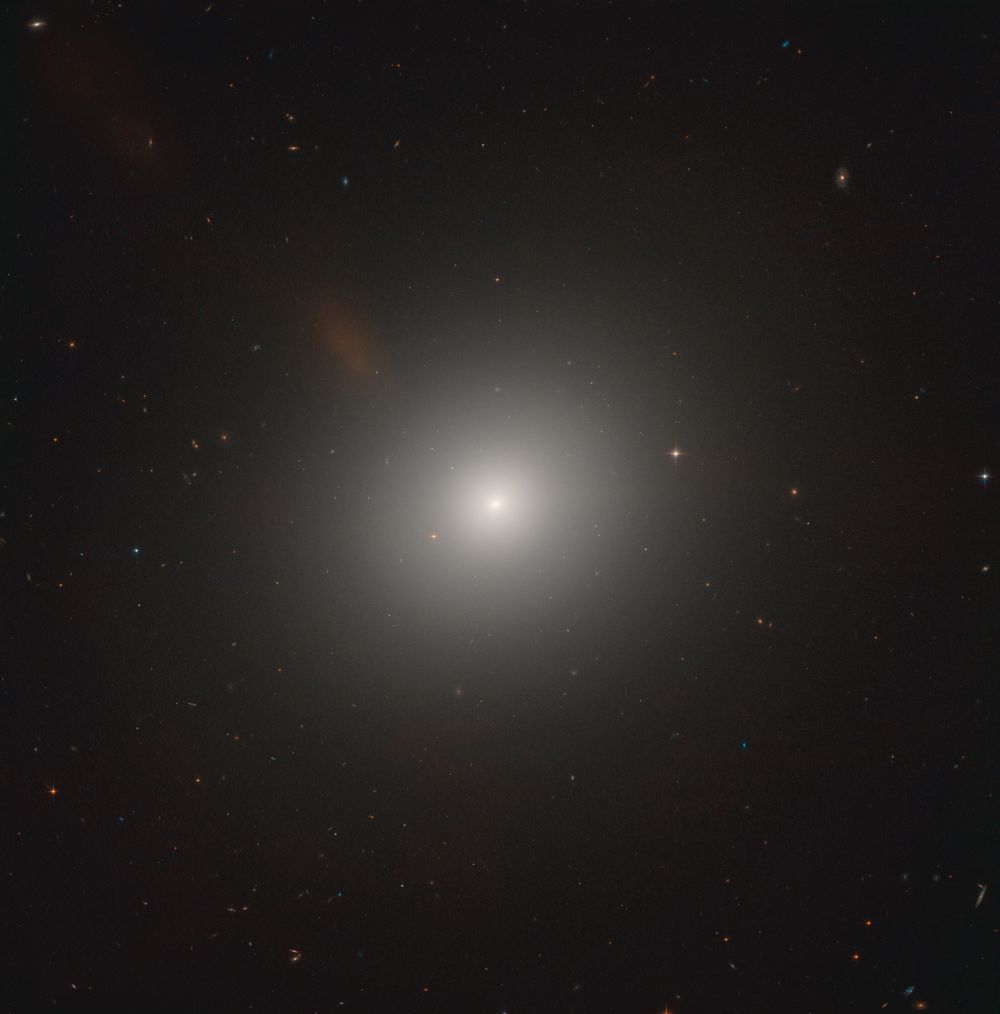Wednesday, July 03, 2024
08:00 AM - 05:00 PM
No Meeting Week
All are encouraged to cancel or reschedule their meetings between 7/1/24 and 7/524.
Read more about this event Thursday, July 04, 2024
08:00 AM - 05:00 PM
No Meeting Week
All are encouraged to cancel or reschedule their meetings between 7/1/24 and 7/524.
Read more about this event Friday, July 05, 2024
08:00 AM - 05:00 PM
No Meeting Week
All are encouraged to cancel or reschedule their meetings between 7/1/24 and 7/524.
Read more about this event Monday, July 08, 2024
08:00 AM - 05:00 PM
EXTENDED Deadline: 2024 John C. Lindsay Memorial Award for Space Science Call for Nominations
This annual award is presented to a Goddard civil servant employee (or two employees jointly) for leading an outstanding contribution to space science or technology. The contribution may be a scientific discovery, scientific instrumentation or mission, codes or modeling, or any other major achievement in space science that had high impact during the previous year.
Read more about this event Wednesday, July 10, 2024
12:00 PM - 01:00 PM
Virtual Chat with the Code 600 Director
Everyone is Welcome!
ACTUAL TIME: 12:05 - 12:50
Read more about this event ACTUAL TIME: 12:05 - 12:50
Wednesday, July 10, 2024
01:00 PM - 02:00 PM
Goddard Town Hall
This centerwide town hall will take place at the Katherine Johnson Independent Verification & Validation Facility. The event also be streamed.
Read more about this event 
FEATURED STORY

Jane Rigby, an astronomer who grew up in Delaware, is the chief scientist of the world’s most powerful telescope. A prolific ...
Friday, May 03, 2024At 7:26 this morning, BurstCube was successfully deployed from the ISS. The team now awaits the opportunity to communicate w...
Thursday, April 18, 2024Congratulations to the following 660 members for receiving Agency Honor Awards! Scott Barthelmy: Exceptional Public Service...
Monday, April 01, 2024Tim Kallman and Javier Garcia (662) have been awarded the 2024’s AAD HEAD Innovation Prize! They share the award with Thomas...
Thursday, January 11, 2024Ken Carpenter (667) and his team have been awarded a prestigious and highly competitive NIAC grant to perform a study for an ...
Thursday, January 04, 2024